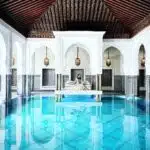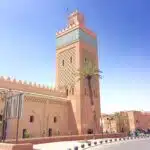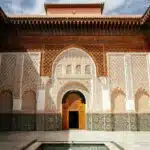Exploring the Timeless Beauty of Bahia Palace in Marrakech
Bahia Palace, located in the heart of Marrakech, Morocco, is a brilliant example of Islamic, Moorish, and Moroccan architecture. Built in the late 19th century, it invites visitors to step into a world of royal elegance, artistic mastery, and tranquil gardens. Whether you’re passionate about history or simply curious, this palace offers a rich and unforgettable experience.
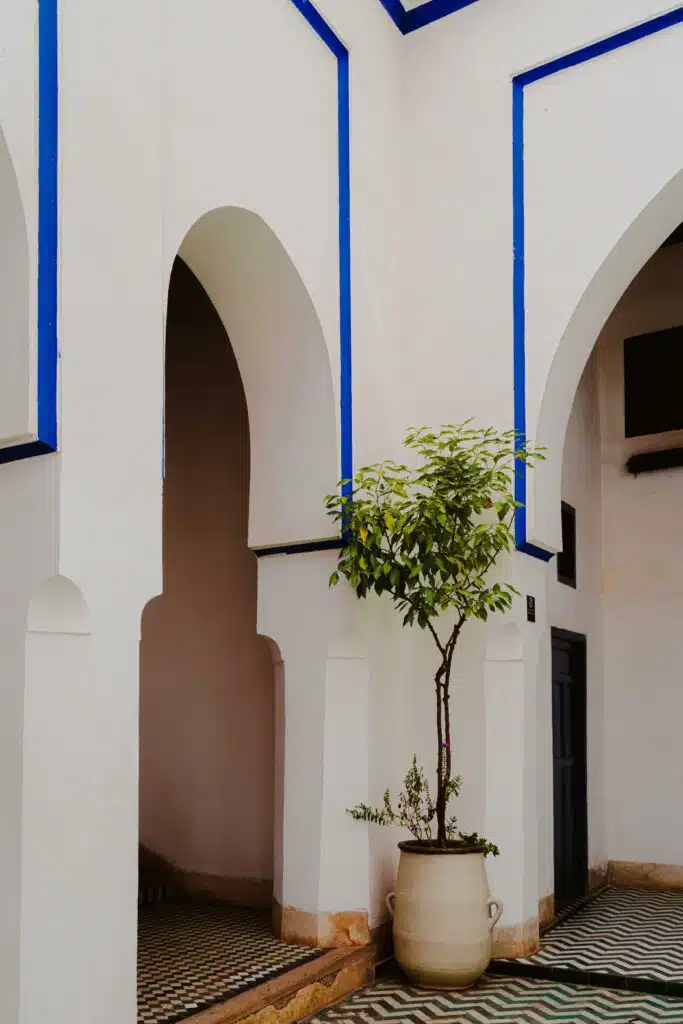
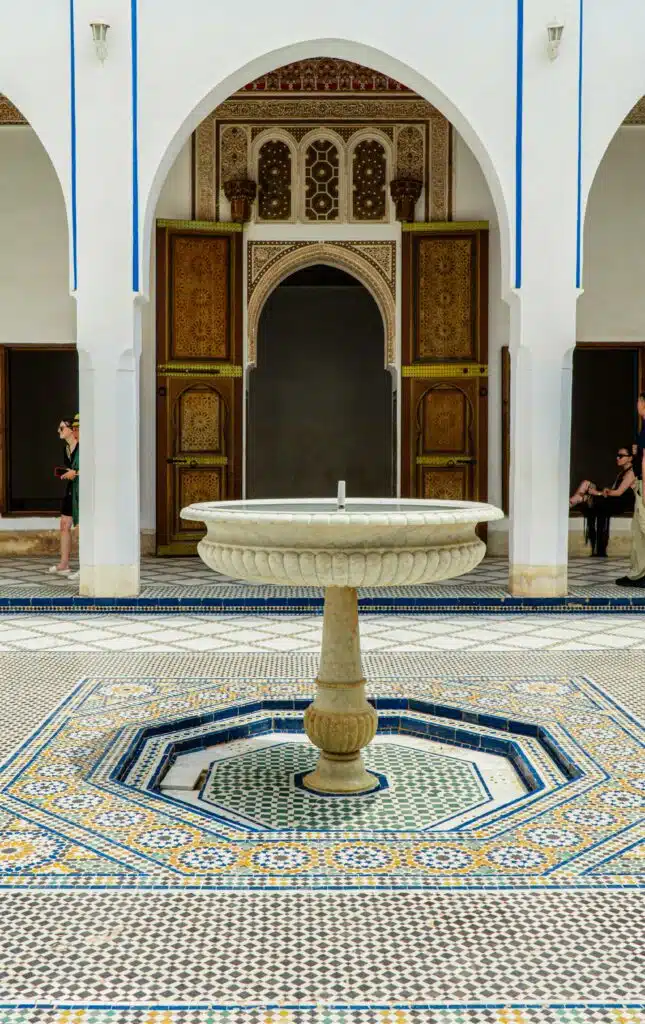
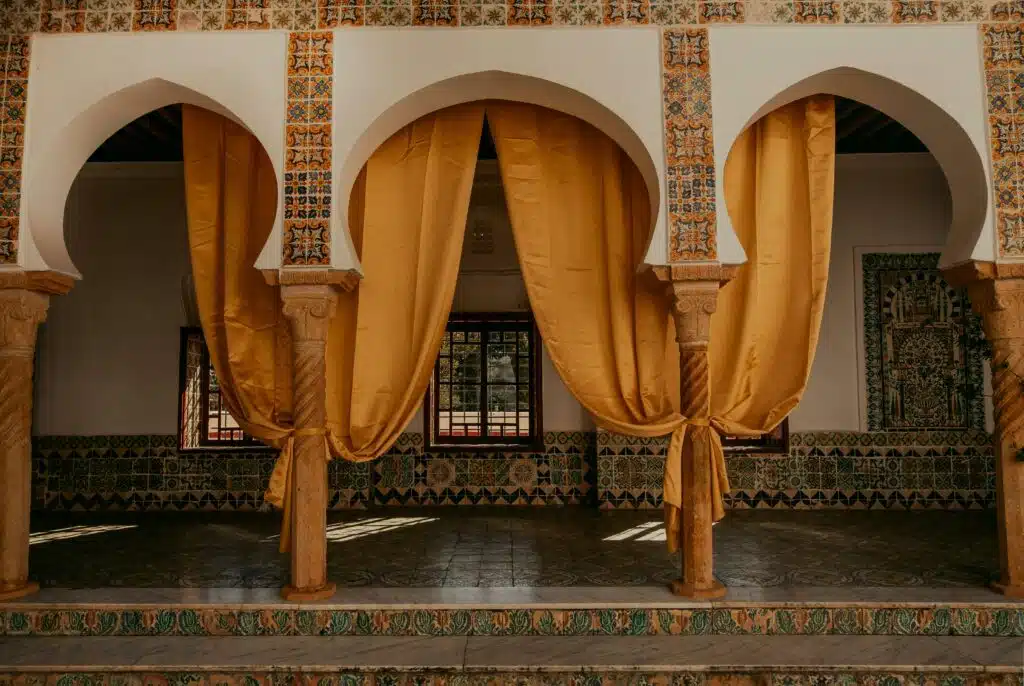
Architectural and Historical Highlights
Origins and Construction
Si Moussa, a grand vizier of Sultan Hassan I, began building the palace in the 1860s. Later, his son Bou Ahmed expanded it, adding more rooms and lush gardens. The name “Bahia,” meaning “brilliance,” reflects the grandeur and ambition behind its design.
Architectural Style
Bahia Palace combines Andalusian, Islamic, and Moroccan styles. Artisans from Fez decorated the interiors with zellij tiles, painted cedar ceilings, and stucco carvings. These features highlight Morocco’s rich artistic traditions and attention to detail.
Historical Importance
After Bou Ahmed passed away in 1900, the palace was looted and repurposed by French officials. Eventually, it became a royal residence and now serves as a public museum. Today, Morocco’s Ministry of Culture protects it as a national treasur
What to See Inside Bahia Palace
Courtyards and Gardens
Bahia Palace features several interconnected courtyards and lush gardens. The largest, the Cour d’Honneur, is paved with white marble and surrounded by elegant rooms. Smaller patios offer quiet spaces with fountains, orange trees, and jasmine.
Rooms and Halls
The palace includes over 150 rooms, each with unique decorations. The Grand Riad has stained glass windows and carved wood lintels. The harem quarters, once home to Bou Ahmed’s wives and concubines, reveal the private side of palace life.
Terraces and Views
From the upper terraces, visitors enjoy panoramic views of the gardens and the historic Medina of Marrakech. These spots are perfect for photography and peaceful reflection.
Tips for Visiting Bahia Palace
Arrive early in the morning or late afternoon to avoid crowds and capture the best lighting for photos.
Opt for a guided tour to gain deeper insights into the palace’s history, architecture, and cultural context.
Dress modestly and maintain a quiet demeanor. Bahia Palace is a heritage site, and respectful behavior is expected.
After exploring Bahia Palace, take time to visit the Majorelle Garden, a serene botanical retreat in Marrakech. You can also stroll through the Mellah (Jewish Quarter) or shop in the lively souks of the Medina.
Take your time capturing the intricate details, but be mindful of restricted areas where photography may not be allowed.
Why Bahia Palace Is a Top Attraction in Marrakech
Bahia Palace is more than a beautiful building—it’s a living museum of Moroccan culture and design. Its mix of architectural styles, historical depth, and artistic detail makes it one of the most popular destinations in Marrakech.
Visitors walk through royal spaces, admire handcrafted ceilings, and relax in gardens designed for serenity. Every corner tells a story—from political power to artistic excellence.
If you’re planning a trip to Marrakech, don’t miss Bahia Palace. It offers a rich, immersive experience that connects you to Morocco’s past and present.
For official details on pricing, hours, and accessibility, visit the Bahia Palace’s official visitor guide.

